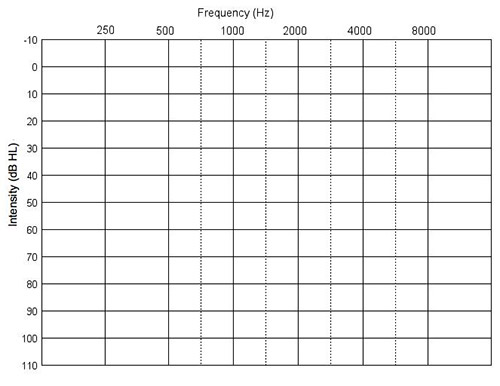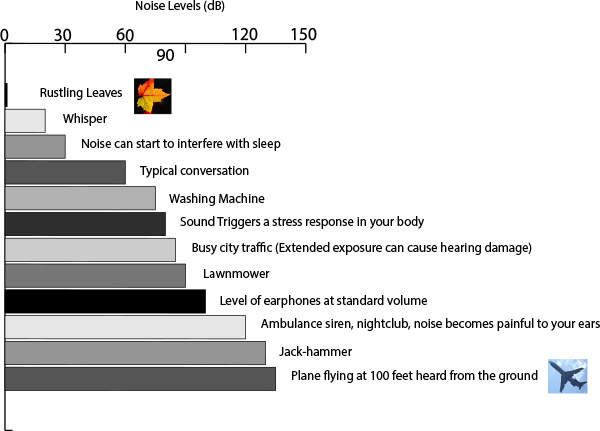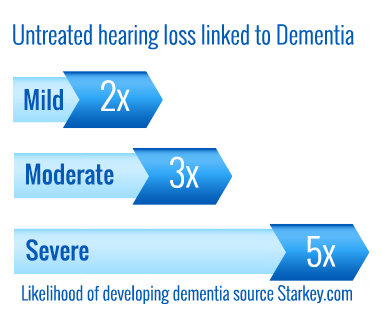Why is it difficult to hear in noise?
Scientists have long known that the brain not only receives signals from the ears, but can also talk back to them. And when there's too much noise, this dimmer-switch brain circuitry tells the ears to reduce their flow of signals to the brain.
...
Frisina and colleagues published evidence in 2002 that the dimmer switch effectiveness declines with age. The drop-off showed up in middle-aged people (ages 38 to 52) and was even worse in people past age 62.
refer to Hard to hear at holiday parties? Blame your brain
Balance differences between ears may also contribute to the lack of ability to hear in background noise. The only way to cope is through a great deal of concentration and a fair amount of guesswork. This may be one reason people with hearing loss tend to withdraw - or find they get tired easily in noisy environments. Having to concentrate in noisy situations is not imagined its real.
Hearing Test - How well do you hear in background noise
Noise levels
Being aware of noise levels in certain environments may allow you to make better decisions as to where and how to conduct meetings etc.
If you suspect you have a hearing problem an indicator may be increased reluctance to conduct conversations in noisy environments.



Features of Hearing Aids that improve sound in noise
Directional Microphones
The standard hearing aid microphone is sensitive to sounds from all directions (omni-directional). Aids that incorporate directional microphones are designed to pick up sounds coming from in front of the listener better than they pick up sounds coming from other directions. One aid that uses this type of technology is the ReSound Verso
Directional microphones can reduce the level of noise coming from the side or behind the users making conversations easier with people directly in front of you.
In some advanced hearing aids a directional microphone is used over certain frequnecy ranges (usually the high range) and the omni-directional microphone is used over other frequency ranges (usually the low frequencies)
Noise Suppression
Listening in background noise can be tiring for a hearing aid user. Suppression algorithms are used to reduce volume (gain) in frequency bands where the noise level is estimated to exceed the speech level.
Hearing Aid Referral
$ Free
No obligation
Get the best price and care
- Great Care Full Warranties
- Value for Money No inflated prices
- Choice of Brands Major hearing aid brands
